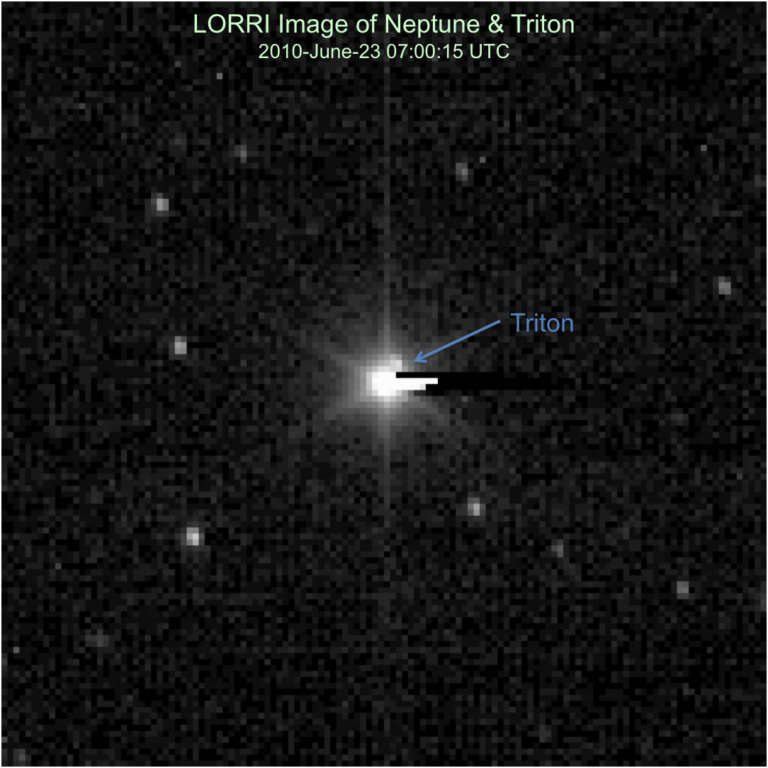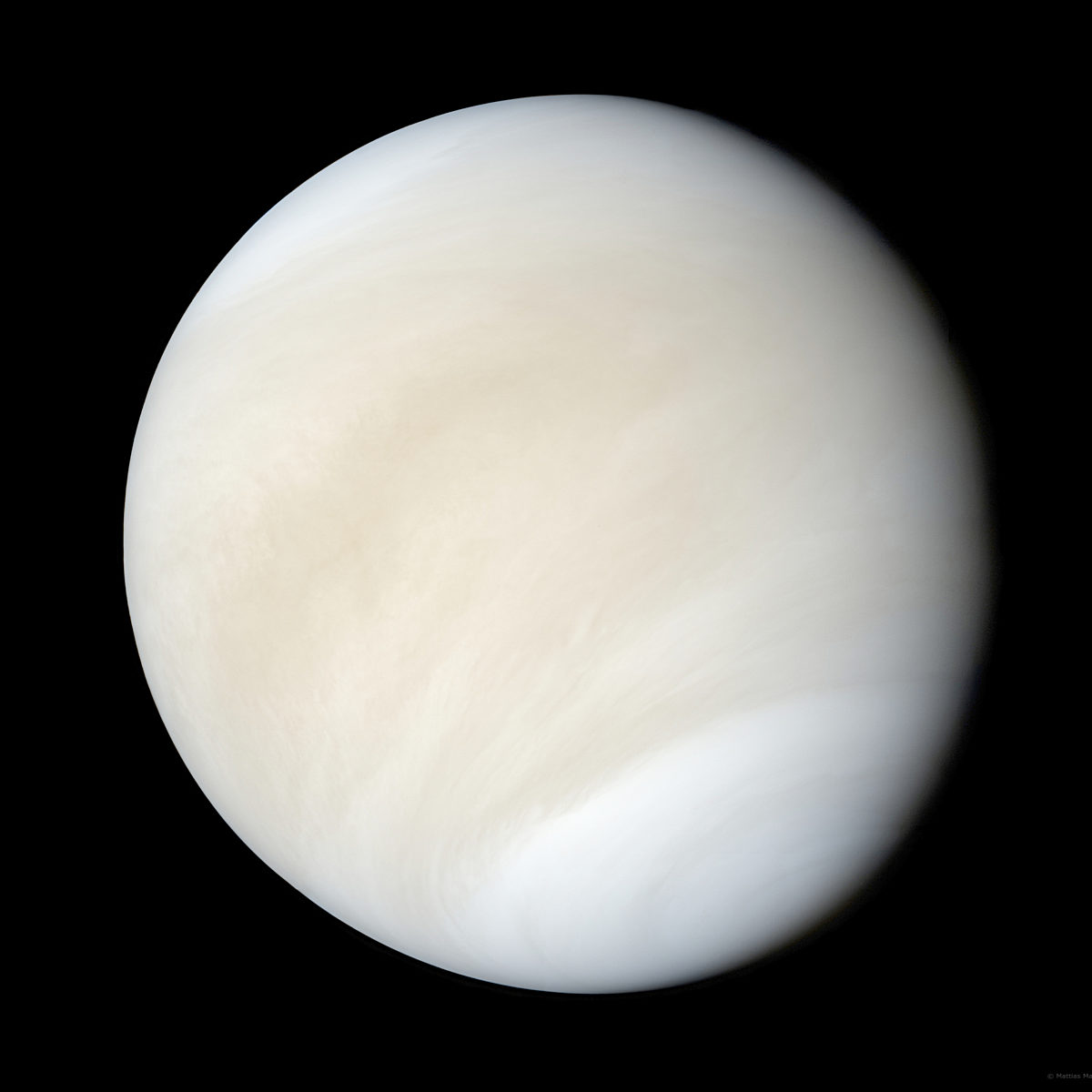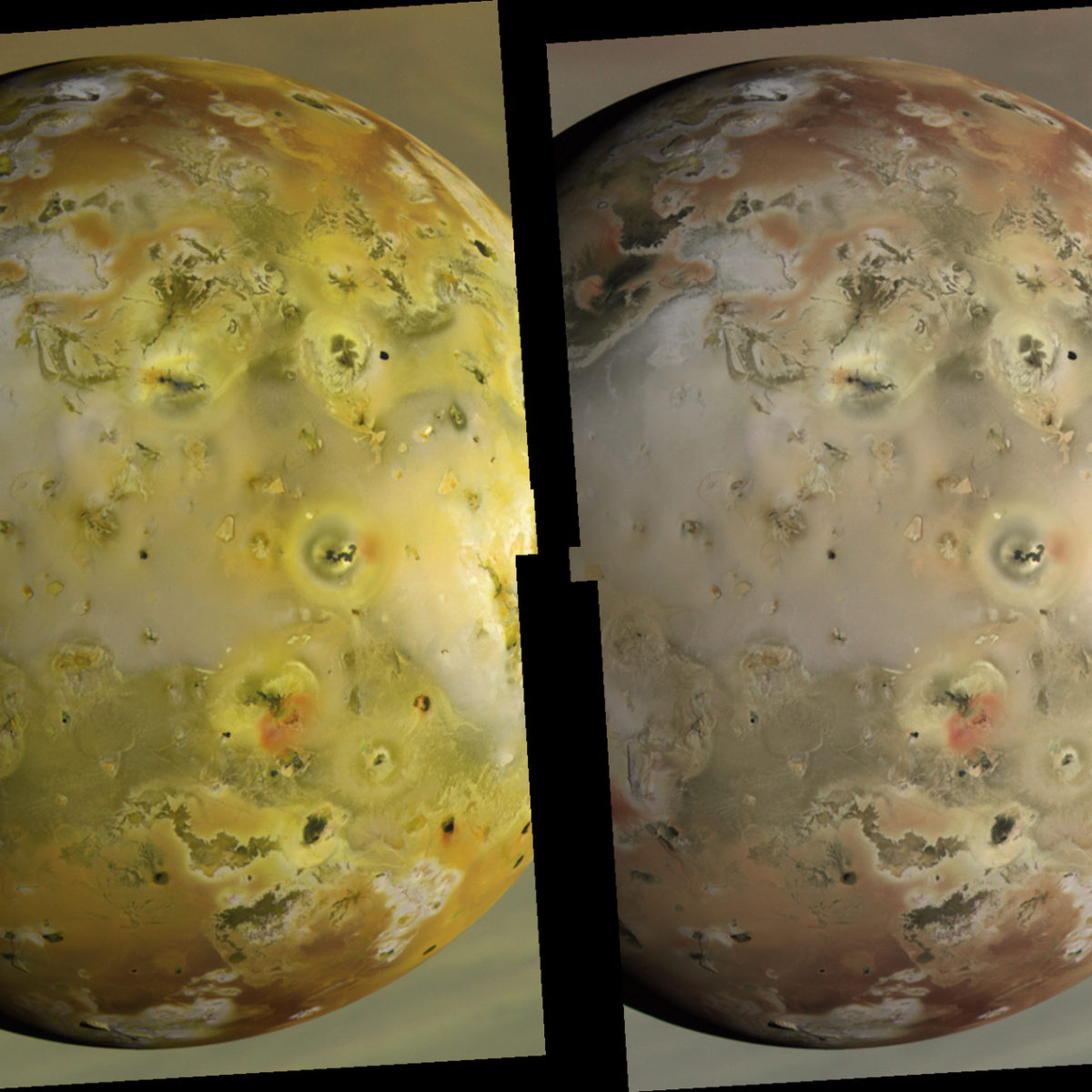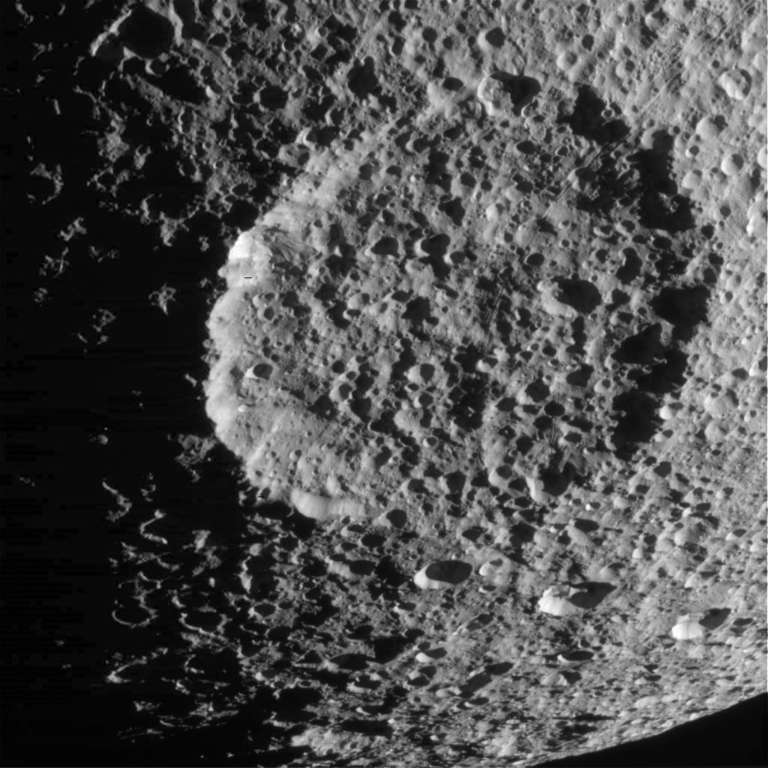All
All
Stories, updates, insights, and original analysis from The Planetary Society.
Two natural bridges on the Moon (now with 3D!)
Imagine this landscape: you're walking across an unusually smooth lunar surface, an impact melt sheet on the floor of a relatively recently formed crater.
Neptune from two slightly different perspectives
Coincidentally, two new images of Neptune were posted today, from two very different sources.
Special report by Bill Nye from the VEXAG Meeting
Is Venus the forgotten planet, or just one that's hard to figure out?
Fly over Saturn's icy moons
A couple of weeks ago Paul Schenk posted a few really cool videos to his personal blog. Paul's subspecialty is the topography of icy moons, and he's been doing a lot of work on the moons of Saturn lately.
Getting to the real science image data: It's not that hard!
If I have to, I will drag reluctant people one at a time to plunge into NASA's Planetary Data System.
Possibly the best view of the Great Red Spot ever
This is a new, big mosaic of Voyager 1 images, this time showing the Great Red Spot at high resolution.
New Flickr collection of historical NASA photos
NASA announced today that they had placed several new sets of historical photos on their
Jupiter's swirling storms from Voyager 1
Amateur image mage Björn Jónsson has recently turned his attention back to Voyager 1's close-up images of Jupiter.
A first look at distant hills
Rover fans have been excitedly watching the hills on Opportunity's horizon grow taller and taller as Opportunity rolls toward its destination, Endeavour crater.
The August 20, 2010 Jupiter fireball -- and the March 5, 1979 one
Following up on the story I first posted on August 22, the Jupiter impact fireball first noticed by Japanese amateur astronomer Masayuki Tachikawa has been independently confirmed by two other Japanese astronomers.
Yet another Jupiter impact!? August 20, seen from Japan
This may be a very common event after all: another optical flash has been observed on Jupiter, again from an observer far east of the Greenwich meridian, though it was not Anthony Wesley (for once).
Exposing Io's true colors
Thanks to its active volcanic activity and sulfur-rich surface, Io is one of the most colorful worlds yet seen in the Solar System, save the Earth of course
MESSENGER: A snapshot of home
MESSENGER is in a unique position in the solar system, orbiting the Sun well within the orbit of Venus. From there, it can gaze outward from the Sun to search for tiny objects that may possibly be traveling in the same region, called vulcanoids.
Weekend treats from Cassini: Enceladus plumes plus bonus Tethys and Dione
Over the last couple of days Cassini flew past Enceladus, Tethys and Dione, so there are lots of treats to see on the raw images website! You should go check it out for yourself, but here are a couple of real favorites.
2008 LC15, the first Trojan asteroid discovered in Neptune's L5 point
Congratulations to Scott Sheppard and Chad Trujillo for identifying the first known L5 Trojan asteroid of Neptune!
How to Recognize Titan from Quite a Long Way Away
You know, I could fill this blog almost entirely with the amazing images that Gordan Ugarkovic locates, processes into prettiness, and uploads to his Flickr account.
Cassini catches four little moons in motion
I've posted animations from Cassini before in which there are multiple moons moving around, but this is one of the coolest such sequences I've seen yet.
The enigmatic mounds of Acidalia Planitia
Acidalia Planitia is a large basin in Mars' northern lowlands, a dark splotch visible even from Earth telescopes.
Goodies from the latest Cassini data release
I've spent a pleasurable hour or so browsing over the latest release of images from Cassini to the Planetary Data System.


 Explore Worlds
Explore Worlds Find Life
Find Life Defend Earth
Defend Earth


 Sun
Sun Mercury
Mercury Venus
Venus Earth
Earth Mars
Mars Jupiter
Jupiter Saturn
Saturn Uranus
Uranus Neptune
Neptune Small Bodies
Small Bodies


















